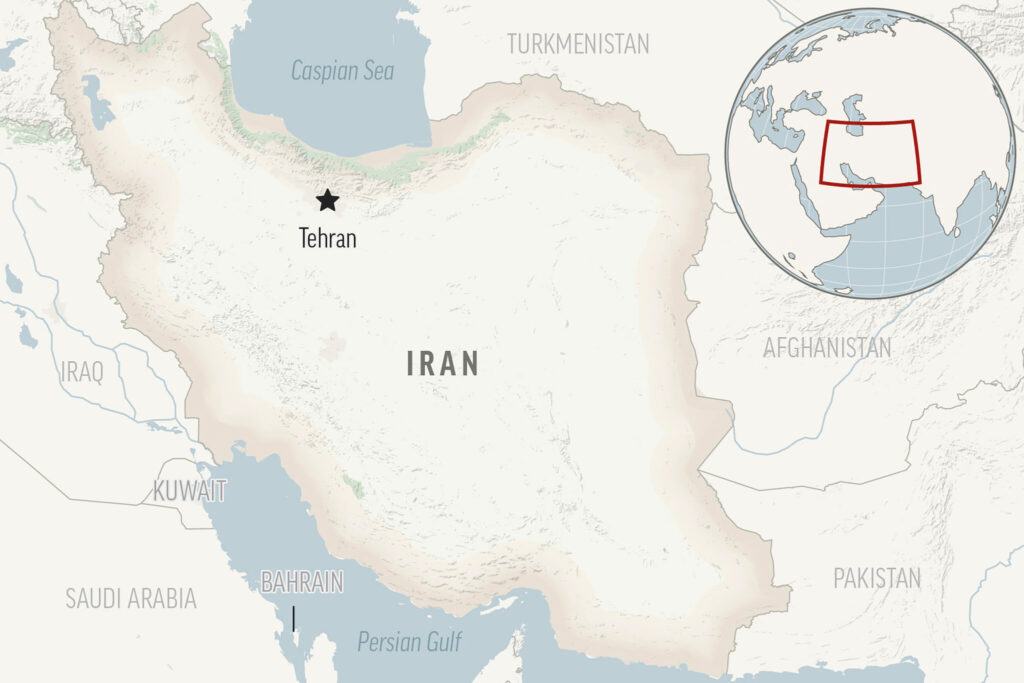As Iran moves toward acquiring more advanced Russian military technology, including the potential addition of Su-35 fighter jets, the increasing focus on military upgrades could be interpreted as a sign of strength. However, such a move actually underscores the regime’s inherent weakness.
The acquisition of Yak-130 aircraft serves multiple purposes for Iran. First, they are seen as a “necessary prelude” for Iran to acquire the more advanced Su-35 fighter jets, significantly enhancing its military capabilities. Second, this move indicates a deepening military relationship with Russia, a nation willing to challenge the U.S.-led global order. Training pilots on the Yak-130s will prepare Iran to operate more advanced fighter jets in the future, potentially altering the regional balance of power.
Yet, this development reveals the inherent weaknesses of Ali Khamenei’s regime. Challenged by a nationwide resistance movement, recurrent massive uprisings, economic downturns, and international scrutiny, Khamenei is acquiring advanced Russian aircraft to compensate for internal frailties and project a more robust image globally.
Dictatorial regimes often resort to these tactics when facing existential threats. From authoritarian regimes in Eastern Europe before the fall of the Iron Curtain to more recent examples, a common pattern emerges: the harsher the cornered regimes feel, the harsher their actions. For instance, the Apartheid regime in South Africa, when faced with a growing internal resistance movement and international isolation, responded with increased brutality. Yet, this suppression further galvanized opposition and ultimately led to the regime’s collapse.
Similarly, in Syria, Bashar al-Assad’s government has taken extreme measures, including chemical attacks, to quash internal dissent. While Assad’s regime has not yet fallen thanks to Khamenei, it has paid a heavy price, including the loss of territorial control and international legitimacy.
What sets Iran apart is its unique geopolitical position and regional aspirations. Unlike Assad’s Syria, which had fewer external military alliances, Iran is aligning with external powers like Russia to compensate for internal weaknesses. This is merely a stopgap measure, as the regime is extremely threatened by a rising tide of popular resistance movement within Iran which is aligned with the parliament in exile of the National Council of Resistance of Iran.
Understanding Iran as a weak regime on the defensive, rather than a confident power on the rise, has significant implications for U.S. policy. Iran’s increasingly cozy relationship with Russia has far-reaching geopolitical consequences. Rather than viewing these actions as indicative of a strengthening foe, the U.S. should recognize them as desperate acts of a weakening adversary. This should inform a strategy that combines pressure on the regime and recognition of the resistance movement as an alternative.
The Biden Administration must capitalize on this weakness by adopting a comprehensive policy that addresses both Iran’s internal crackdown and its external military alliances. Congress should oversee any attempts to negotiate with Iran, including imposing targeted sanctions against Iran and Russia for actions that contravene international laws. The U.S. should also seek support from the international community, including European allies and international organizations, to apply diplomatic pressure on both Russia and Iran.
The path toward democracy and freedom in an Iranian republic is clear for the Iranian nation and their resistance movement. It is time for Washington to choose a democratic Iranian republic over a struggling theocratic authoritarian regime.
Disclaimer: The views and opinions expressed in this article are those of the authors and do not necessarily reflect the official policy or position of Newslooks.com
Biden’s Iran Policy – Iran – U.S. – Iranian







